AI at Work
How to Use AI for Lifestyle Photography in eCommerce

Ashwini Pai · Senior Copywriter
April 1st, 2025 · 13 min read

The myth of the purely rational consumer has been thoroughly debunked. Marketing strategists often swing to the opposite extreme, claiming that emotions alone drive purchasing decisions. Research shows that it often lies in the intricate dance between heart and mind that occurs every time someone considers a purchase.
Think of the last time you bought a smartphone. You likely compared specs and prices, but what sealed the deal? Perhaps it was how the device felt in your hand, or how you imagined yourself using it to capture life's precious moments. This interplay between analytical thinking and emotional resonance happens countless times daily as consumers navigate choices in the marketplace.
When a consumer encounters a product online, the decision-making process unfolds through both rational and emotional channels simultaneously. Product photography plays a pivotal role in this dynamic — particularly through the strategic use of both clinical product shots and lifestyle imagery.
Lifestyle photography taps into the emotional drivers of our decisions. When we see a coffee maker bathed in morning light on a beautifully styled kitchen counter, we're not just evaluating a product — we're imagining a more perfect version of our daily ritual. These images tell a story that connects with our aspirations and desires, creating an emotional bridge between the product and our imagined future.
But creating these emotionally resonant images at scale presents a significant challenge. This is where the latest AI image generation technology like Typeface becomes particularly powerful. While traditional lifestyle photography requires significant resources — locations, models, photographers, and post-production time — AI product photography can now generate contextual imagery that places products in emotionally compelling scenarios quickly and cost-effectively. This democratizes the ability to create the kind of rich, story-driven product presentations that engage both the rational and emotional aspects of consumer decision-making.
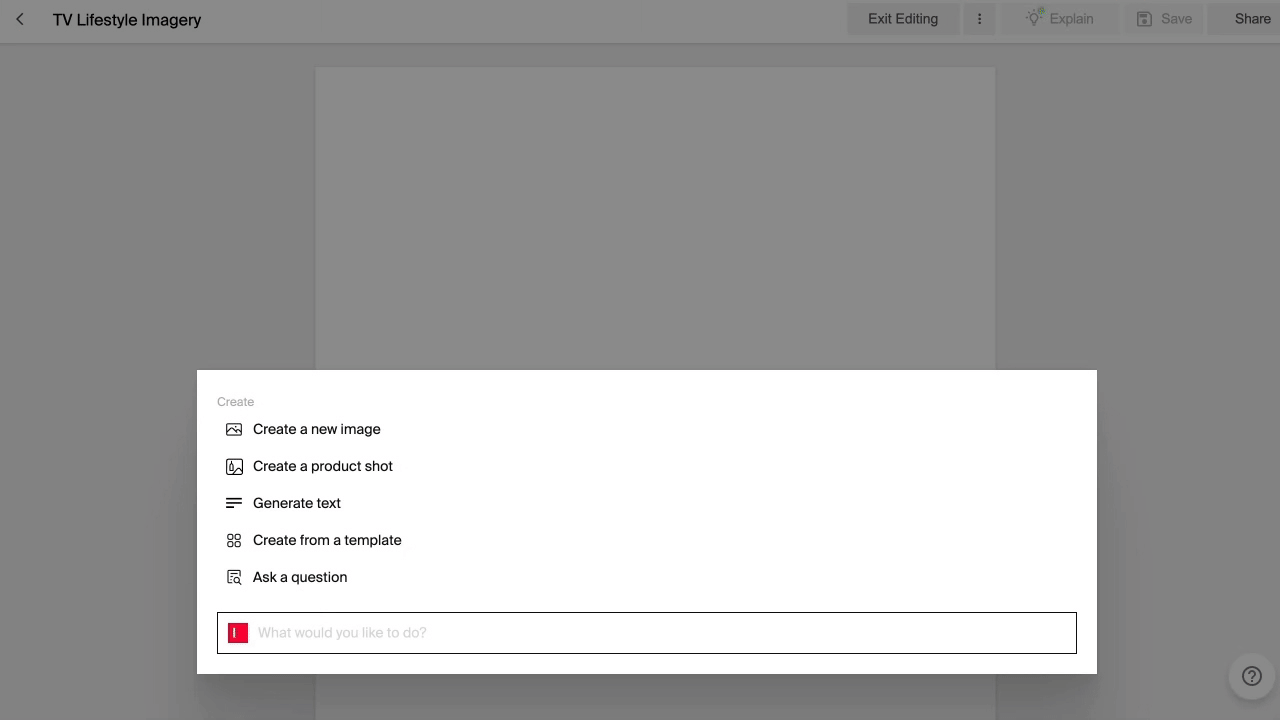
To effectively leverage AI for lifestyle product photography, we need to understand the current landscape and its key considerations, as discussed here.
The critical role of product preservation in AI-generated imagery
Image Harmonization: Making products look natural in any scene
Brand consistency matters in the age of multi-channel marketing
Strategic applications of AI lifestyle imagery for modern marketing teams
Best practices for AI-generated lifestyle photography

The AI photography landscape
Complete clarity about the process of generating creative visuals involving product photos is necessary to avoid any trade-offs between creativity and brand integrity. Let’s look at these topics in some detail.
Limitations of generic AI models in brand marketing
Generic AI image generators often apply a one-size-fits-all approach that lacks the specificity required to make brands stand out. They may generate lifestyle settings but not incorporate unique style guidelines like your brand’s color palette, or consider your audience in generating visuals, which can come at the cost of effective branding.
Custom AI models take your style guidelines and audience into account to capture your brand’s identity and emotional resonance. This is true for Typeface, which learns from your brand’s image styles and considers your target audience to maintain an authentic and familiar visual identity, and to enhance targeting.
The critical role of product preservation in AI-generated imagery
Generic AI image generators often miss the mark on depicting products exactly as they appear in reality. On the other hand, a brand-personalized AI image generator prioritizes preserving accurate product representation, avoiding distortions or unrealistic enhancements that could mislead customers. This commitment to accurate representation helps brands maintain credibility and comply with advertising standards while still creating professional and attractive AI-powered product imagery.
In this regard, Typeface pioneered product preservation. We ensure every product detail is accurately represented in your marketing materials — including logos, shapes, colors, and 3D angles. Every nuance of your products remains intact throughout the photo generation process and your brand’s visual identity stays consistent and recognizable across all marketing channels.
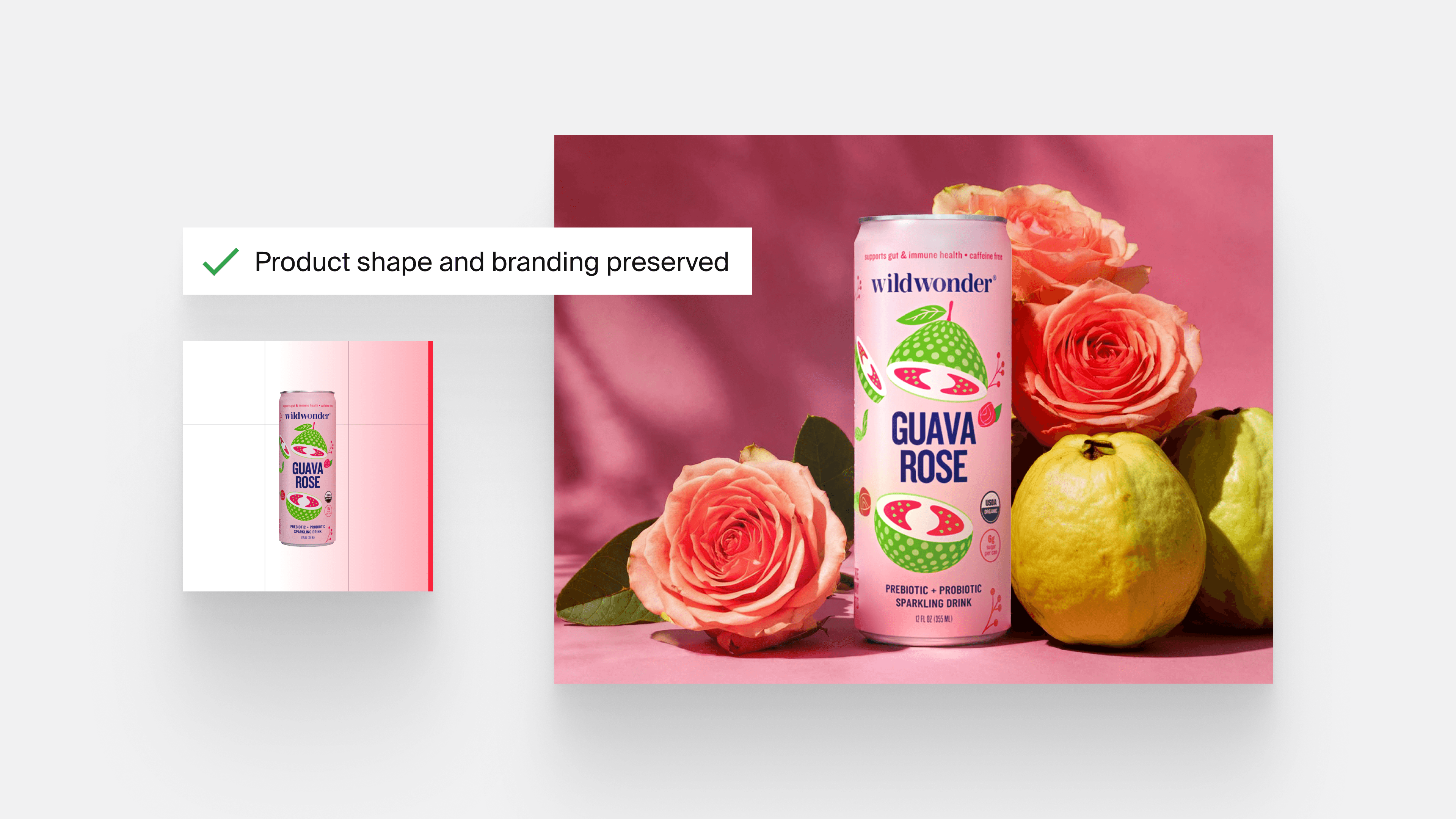
Image Harmonization: Making products look natural in any scene
After ensuring product details are accurately preserved, the next challenge in AI product photography is integrating products into scenes in a way that looks completely natural. With advanced AI image harmonization technology, Typeface ensures products blend naturally into any environment.
Our trained model seamlessly integrates products into backgrounds by understanding material properties (like metallic highlights) and making intelligent adjustments for relighting, shadows, and environmental interactions.
The result? Products that look truly part of the scene with realistic interactions with their environment. Typeface's harmonization ensures your products blend naturally with backgrounds regardless of scene complexity, opening new visual possibilities with realistic AI product photography.
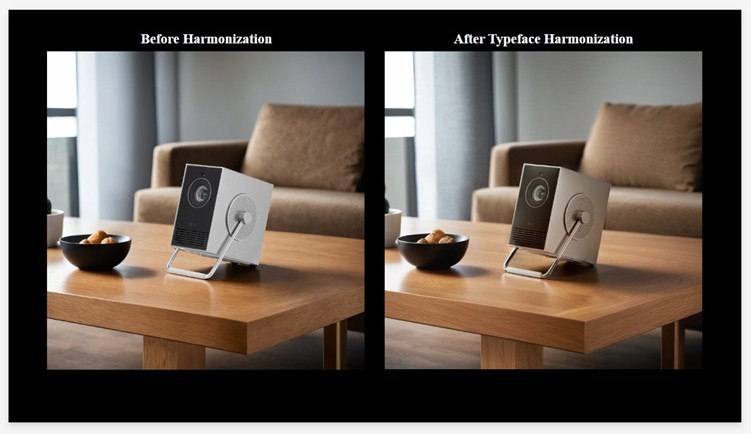
Brand consistency matters in the age of multi-channel marketing
A unified visual identity across marketing channels and materials helps strengthen brand recognition, differentiation, and equity, which can positively impact the bottom line. One of the findings on the impact of brand consistency is that it contributes 10-20+% of the revenue growth for a majority of companies.
Typeface’s Brand Hub serves as a dynamic AI-powered brand management system that organizes all your brand intelligence in one searchable repository. It transforms static guidelines into an actionable system that evolves with your brand. Working alongside it, Brand Agent acts as an always-on guardian that automatically validates content against your guidelines, suggests corrections when needed, and adapts content to meet regional requirements all while integrating seamlessly with your existing creative workflows.
Together with our image harmonization technology, these tools ensure your products not only look natural in any scene but also maintain perfect brand consistency across all marketing channels, strengthening recognition and driving business growth.
Strategic applications of AI lifestyle imagery for modern marketing teams
Adding lifestyle context to product images is a strategic and creative undertaking that enhances targeting, engagement, and brand recall. You can explore these use cases on your free trial of Typeface.
Product-in-context imagery
Contextual placement creates a visual narrative around your product's functionality, and everyday value by showcasing it in its intended environment. Here’s how it works when you use Typeface:
Browse the Visual Inspiration Studio and choose a suitable lifestyle setting to place your product photo. Alternatively, upload a lifestyle photo you’d like to see your product featured in, one that resonates with your audience.
Upload your product photo and overlay it in the appropriate place in the lifestyle photo. Select from the multiple customization options Typeface offers to help you match the AI-created images to your brand styles. Our platform helps you create on-brand images by learning from your existing visuals. Set your image style, tone, and values in the Brand Kit, and the AI applies your brand’s look to every new image.
When customizing a lifestyle image, choose your Brand Kit, audience, color palette, and style—like close-up, cinematic, or polaroid. Typeface’s AI then blends your product seamlessly into the scene, adjusting lighting and shadows for a natural look while preserving every product detail.
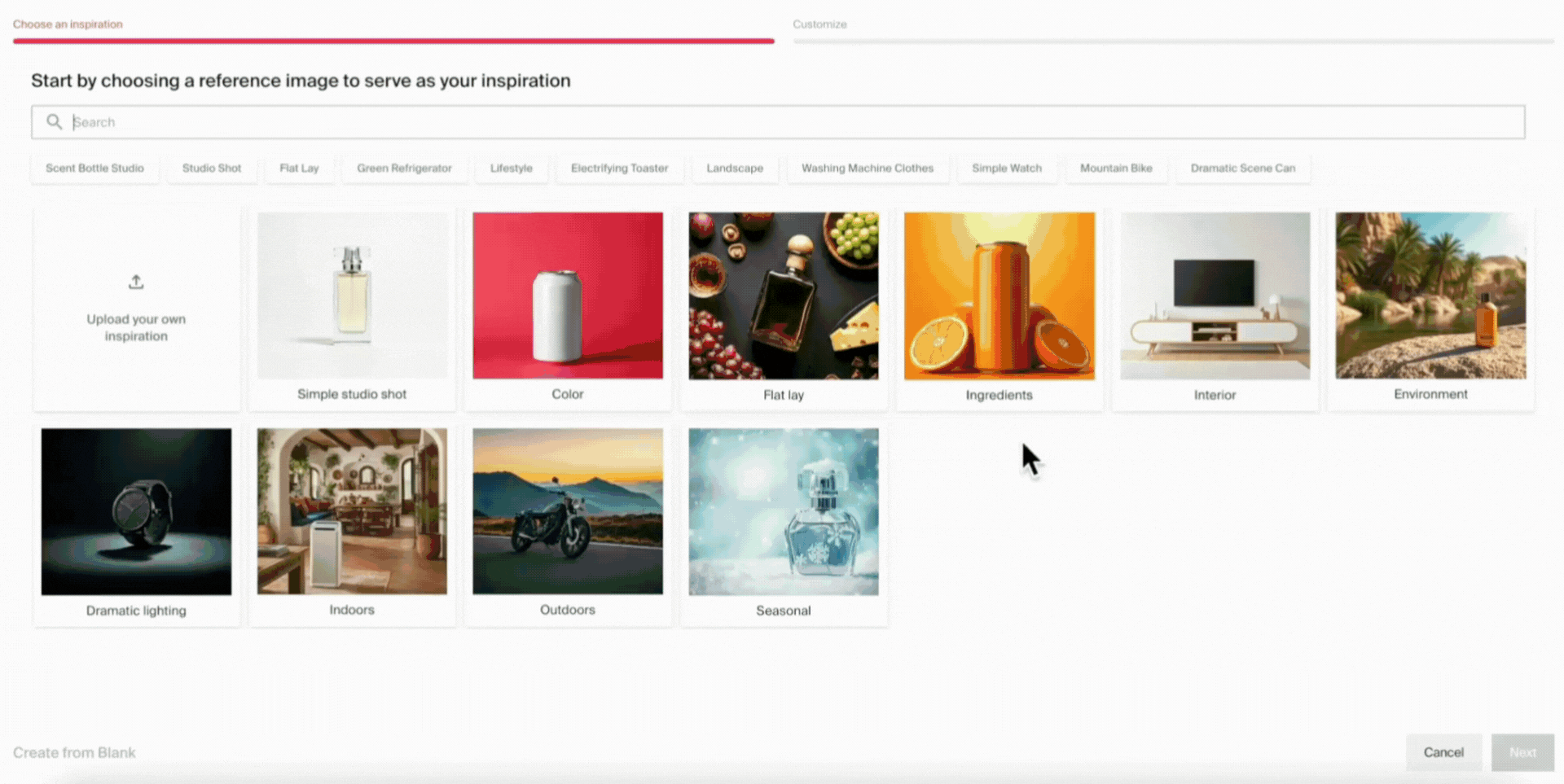
Easily refine your image without writing detailed prompts—Typeface’s Magic Prompt auto-generates a description and creates four variations. You can edit the prompt or use built-in tools to customize your lifestyle image further.
Add accents to the photo, selecting from Typeface’s library or upload your own.
Use Typeface’s image editing tools to further refine the look and feel of your photos for your catalog or other marketing channels.
Select: Brush areas to erase or add (Inpaint) objects with a short description in the prompt
Auto-edit: Automatically apply lighting, color, and shadow variations to the image
Text: Add a text overlay to the image
Extend: Crop or extend the image to another resolution and aspect ratio
Auto crop: Select up to 4 different sizes to crop or extend the image
Effects: Add filters, text, stickers, or crop the image to size
Adobe Express: For further edits, use Adobe’s templates and media editing tools within Typeface
If you prefer to edit using tools like Photoshop, download the image as a .PSD file to save all its layers and edit non-destructively. Else, you can download it as a JPEG, PNG, or WEBP for use in your campaigns.
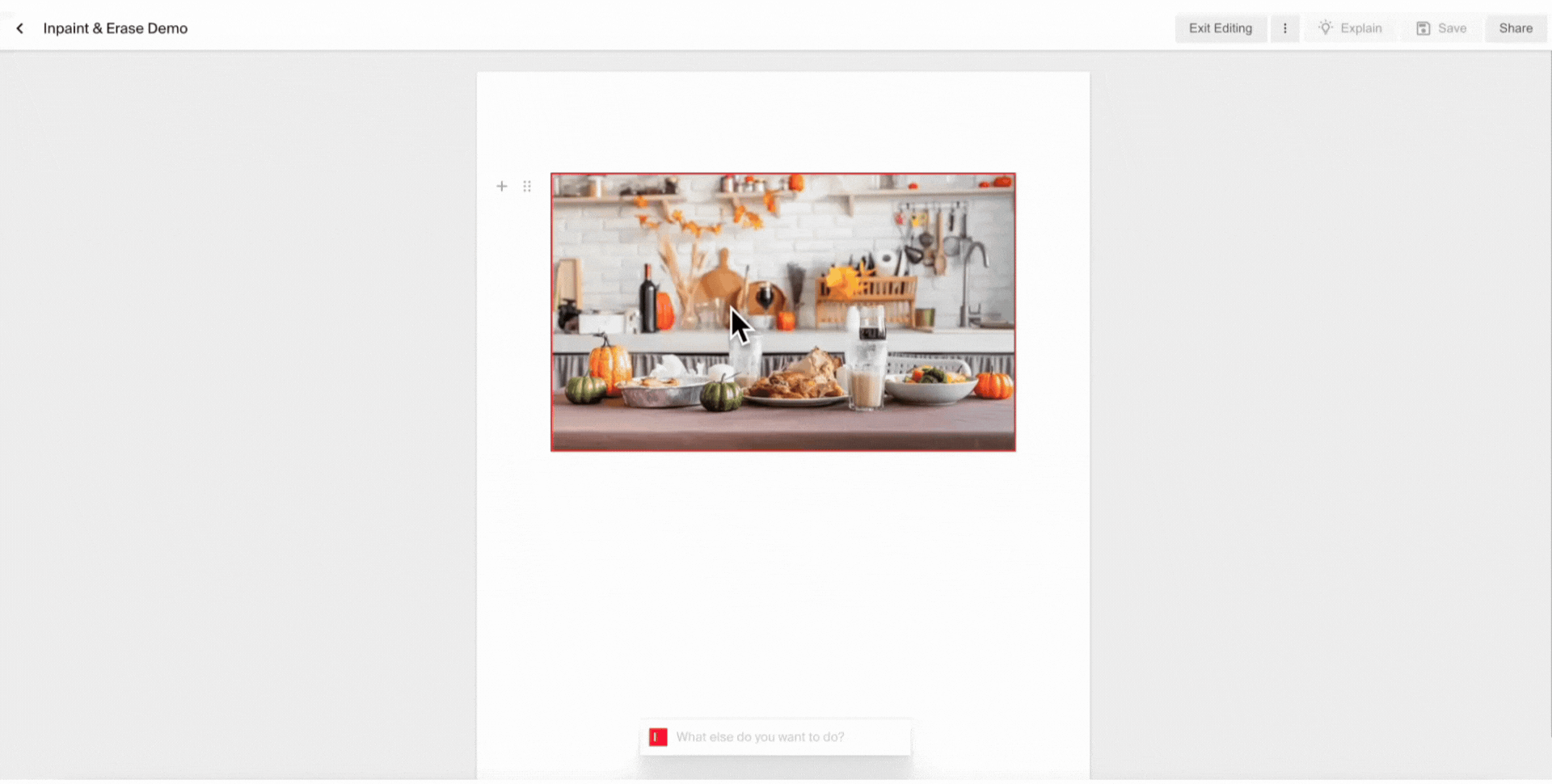
Localized campaigns
Images representing consumers’ markets are more relatable and appealing to them. For example, if busy, working women in cities are a key audience segment for your skincare products, a lifestyle image of your products lined up against a backdrop of the scenic city harbor with high rise buildings can be more visually impactful than a plain background.
If you cater to diverse markets, you can select different locations to showcase your product lines and do it efficiently using Typeface. With consumers expecting brands to deliver some kind of personalized experience, leveraging lifestyle imagery can prove an effective strategy to drive greater consumer interest and sales.
Seasonal campaign variations at scale
Consumer behaviors shift with the change of seasons. Aligning product photos to seasonal themes resonates with consumers’ needs, preferences, or aspirations during different times of the year. For example, adding more outdoor locations and evoking activity, adventure, sport, and traveling to a summer campaign, or focusing on feelings of warmth, comfort, and the holiday spirit with cozy indoor settings during winter campaigns.
Typeface’s AI can help you quickly adapt visuals to match different seasons by adjusting lighting, color tones, and environmental elements, making it great to capture the unique aspects of a particular season for your lifestyle visuals. Timing being a crucial aspect of seasonal sales, you can enjoy peace of mind knowing that you have speed and creative adaptability on your side to outdo competitors.

Social media content generation
Lifestyle product imagery can foster a deeper connection with your fans and followers. With Typeface, not only can you incorporate localized, personalized, or seasonal elements into product photos but also repurpose the images seamlessly for your social media posts and ads.
Typeface’s Ad Agent drives creative automation, transforming a single ad creative off into multiple variations, which could include different ad sizes, formats, and languages for all your advertising channels and markets. This means you can accelerate campaign deployment, replace outdated creatives seamlessly, and save hours of repetitive work.

A/B testing different lifestyle contexts
A/B testing is a handy tool to identify which variations of images generate the best results against a specific objective. Running, analyzing, and scaling marketing experiments is typically time-consuming, but Typeface, through its automated workflows, makes the process substantially faster and effective.
Your team can import pre-approved images and brand elements to instantly generate campaign variations encompassing different lifestyle contexts minus the repetitive design work. Early knowledge of which visuals resonate most with visitors will allow you to proactively elevate the user experience on your product pages and support your performance goals.
Best practices for AI-generated lifestyle photography
Per a Salesforce study, 62% of marketers are using AI to create image assets. Even as AI becomes another tool in brands’ creative toolkits, applying it to creative work responsibly will protect brands’ image and boost their marketing efforts while delivering the efficiency and productivity gains promised by the technology. Here are some best practices to note when adopting AI image generators to create marketing materials.
Maintaining visual identity and brand voice
Matching your visual style consistently across all AI-generated images safeguards and reinforces your brand’s unique aesthetic. Typeface’s AI generates on-brand visuals consistently, ensuring a cohesive brand identity across all communication channels. When you use our platform, you upload your products, logos, and graphics into a shared library so all organizational users work with brand-approved assets. Our multimodal brand kit ensures that all content aligns with your images, text, and other brand elements, including your brand voice, so your creatives look and copy sounds like your brand.
Balancing authenticity with idealization
As mentioned earlier, retaining a product’s authenticity during the image creation process is paramount to protect brand trust and revenue. In a study, nearly half of the consumers who returned a product did so because the item did not match its description. The product preservation assured with Typeface avoids this issue by maintaining image clarity and quality. Our AI is trained to retain your product details and maintain the essence of your product and brand.
Responsible AI and human-in-the-loop workflows
As AI technology advances, businesses must fulfil the obligation to ensure its safe and responsible use to maintain trust among consumers and employees and prevent any potential legal troubles due to its misuse, with the understanding that AI regulations are growing. This extends to the use of generative AI platforms for marketing, including creating lifestyle product photos.
Typeface has a strong and unwavering focus on responsible AI. Our AI models block prompts that don’t meet our content guidelines, preventing the spread of harmful or inappropriate content. Our system reviews AI outputs to ensure they meet our AI safety standards and prevent displaying any content that doesn’t pass.
With any AI-generated content, having a human in the loop to review and refine it allows you to scale more broadly, whether that means getting first drafts out quickly or generating multiple variations of copy.
Typeface has powerful workflow management features that allow you to carry every piece of content through an approval workflow. You can build custom workflows that align with your content creation and approval process. You can also add workflow automations such as auto-assigning a content item to a particular team member when the item moves from, say, “Draft” to “Review” stage, removing existing assignees, and sending automated notifications to team members when the status of a content item changes. Notifications go out to the user’s email inbox by default, but you can also send them to your team’s Slack channels.
Stakeholders can share feedback through on-task messages as well. These workflow management features make collaborating on content much faster and easier, without the need to constantly toggle between your content creation platform, messaging app, and emails.
AI will continue shaping the future of eCommerce product photography
When properly chosen, lifestyle settings can make your products resonate deeply with consumers and further enhance products’ perceived value. With AI, lifestyle photographs of your products shape up in minutes. A bit of ideation, a splash of creativity and you can unlock new levels of audience targeting and asset creation efficiency. Don’t wait to embrace the evolution with Typeface — get a demo or start free today.

Share
Related articles
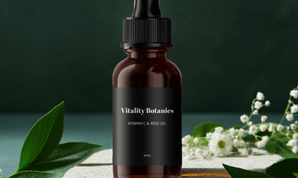
AI at Work
6 AI Product Photography Ideas for Captivating Ad Campaigns

Neelam Goswami · Content Marketing Associate
November 14th, 2024 · 12 min read